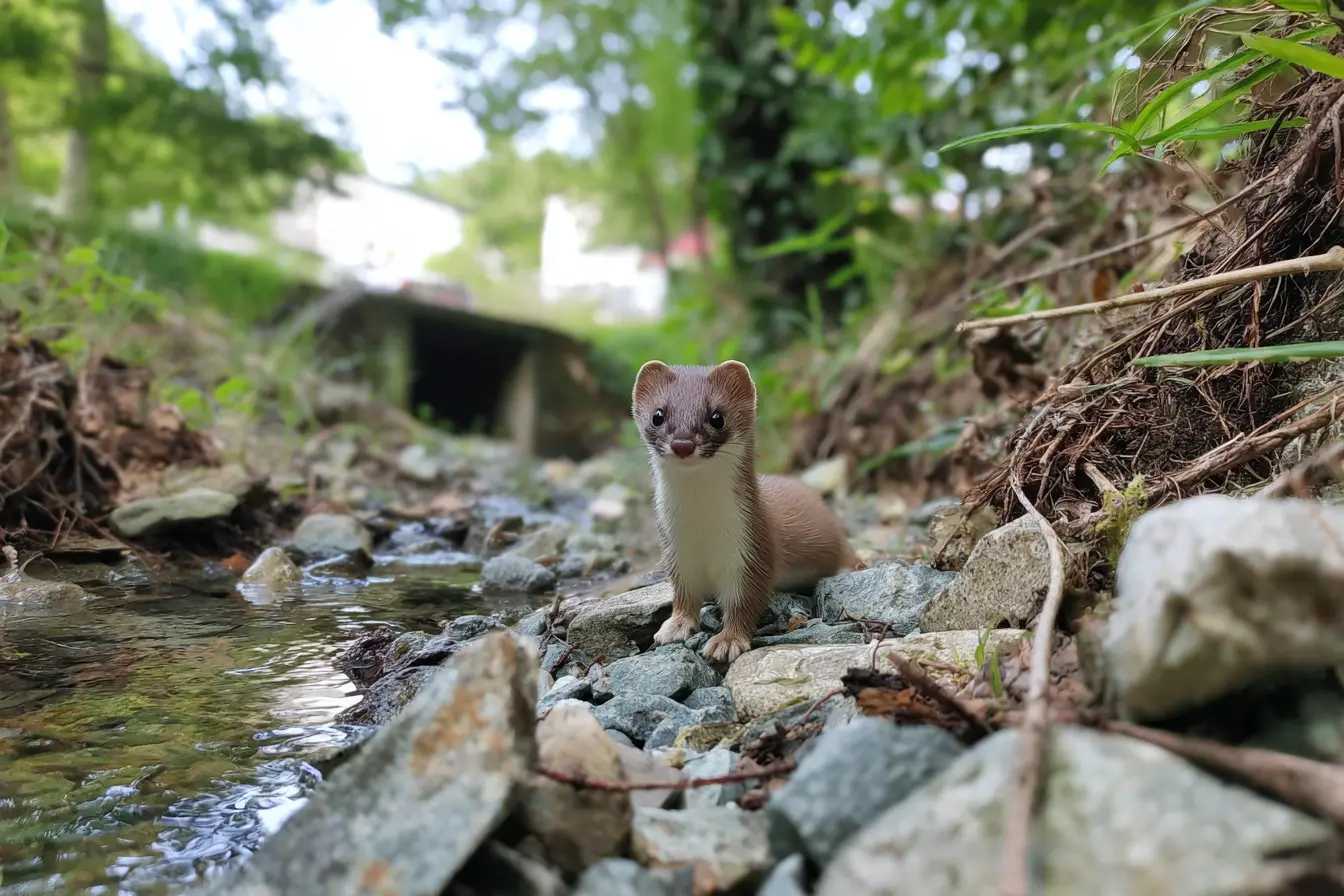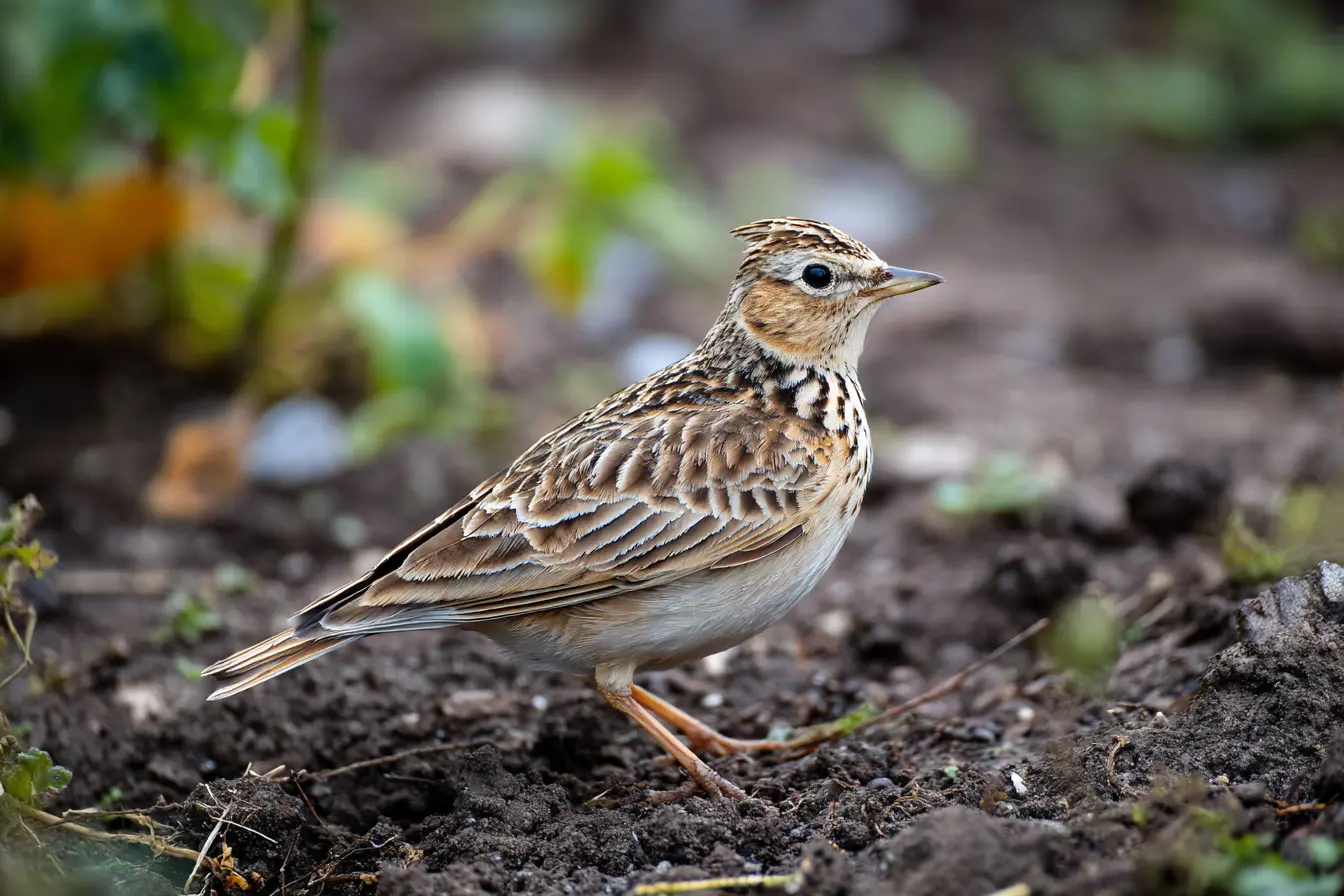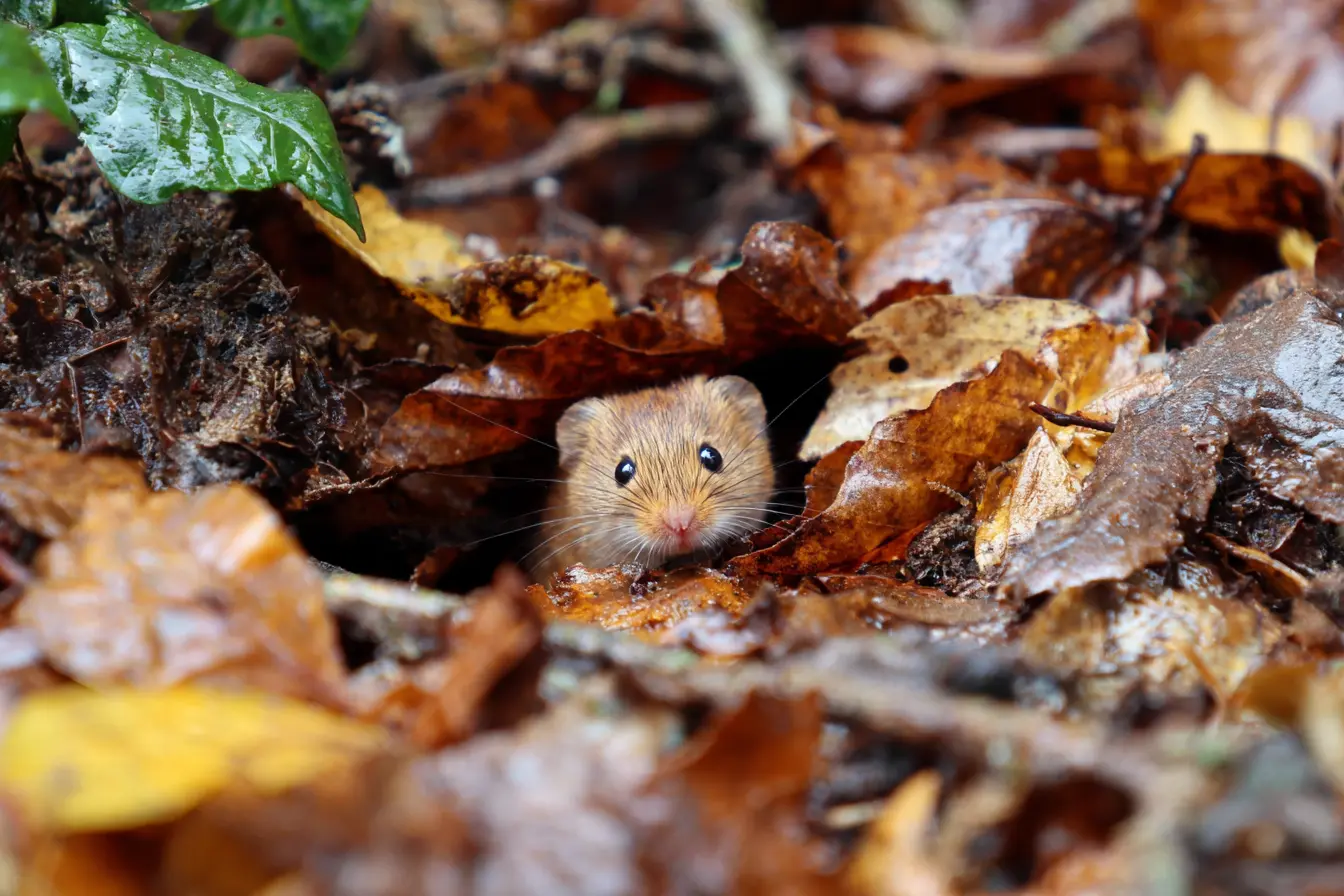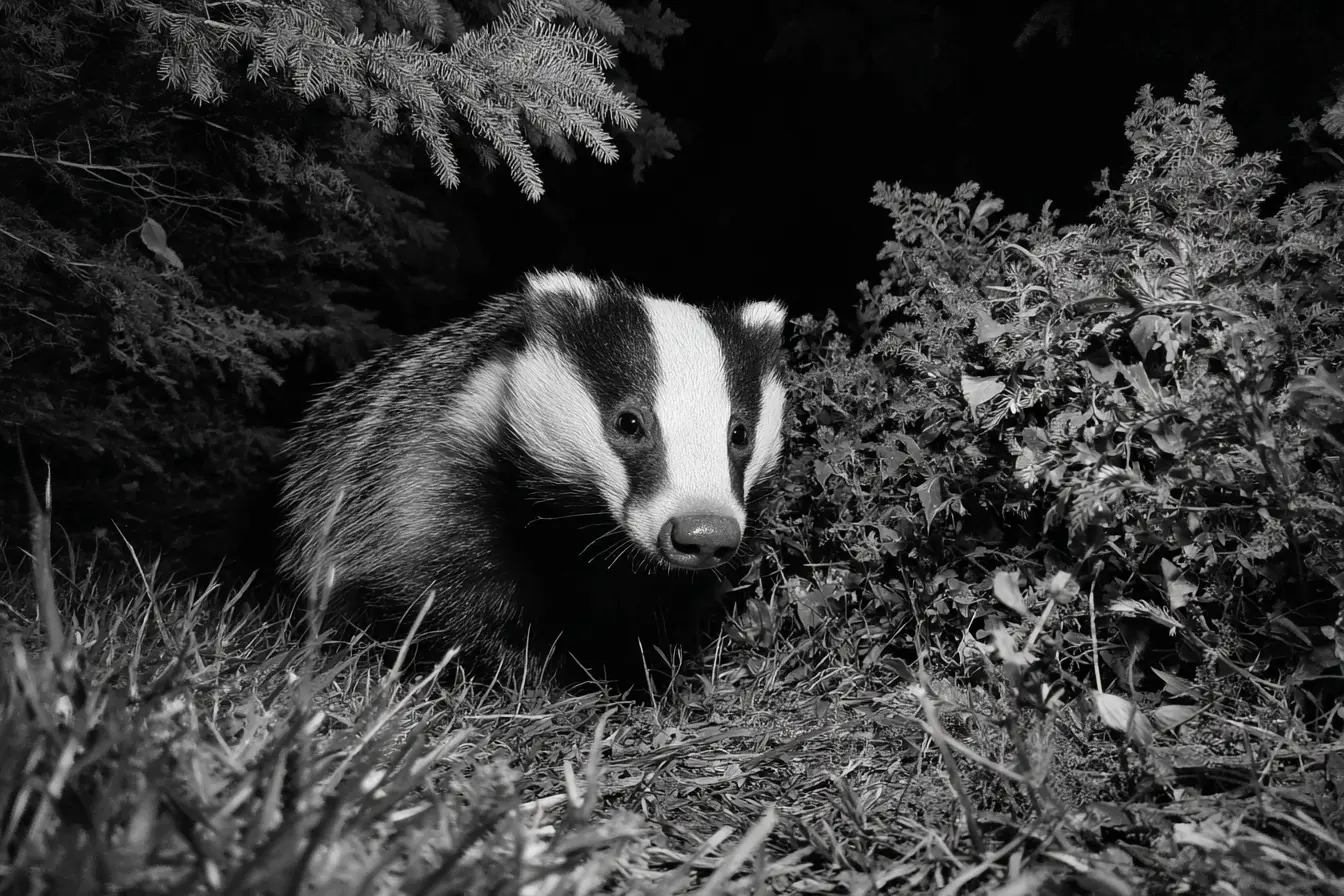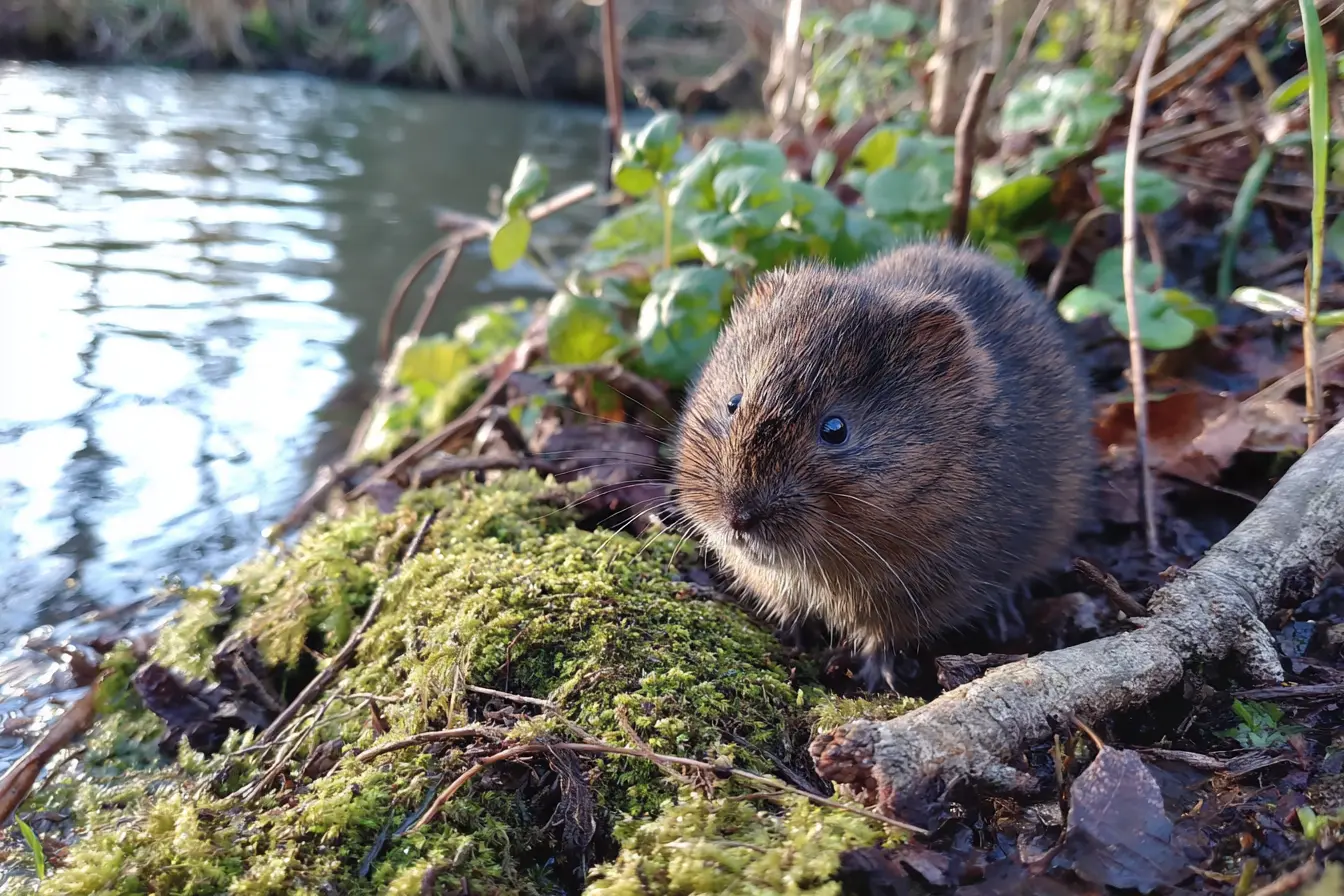
Water Voles in the UK
The water vole (Arvicola amphibius, formerly Arvicola terrestris) is one of the UK’s most iconic and beloved semi-aquatic mammals. Often confused with the brown rat, the water vole is a keystone species in wetland ecosystems, playing a vital role in shaping riparian environments. Despite its cultural prominence, the water vole has experienced one of the most dramatic declines of any British mammal in the 20th century.
This blog post explores every aspect of water voles in the UK — their identification, habitat, behaviour, ecological role, threats, legal protection, conservation efforts, and how individuals and communities can help support their recovery.
Identification and Characteristics
Water voles are medium-sized rodents with distinctive features that separate them from their more common lookalike, the brown rat.
Key features
- Size: Adult water voles measure about 14 to 22 cm in body length, with a tail of 8 to 14 cm.
- Appearance: Rounded face, short fuzzy ears, small eyes, and a blunt snout.
- Fur: Soft and chestnut-brown, sometimes darker in Scotland.
- Tail: Covered in fur and shorter than that of a rat.
- Teeth: Orange-coloured incisors, like other voles and rodents.
Water voles emit a characteristic ‘plop’ sound when diving into water. They are often seen during the day, especially in spring and summer when feeding or grooming along riverbanks.
Habitat and Distribution
Water voles are found in a wide range of freshwater habitats across the UK, although their range has been severely reduced in recent decades.
Preferred habitats
- Slow-flowing rivers, streams, canals, and ditches
- Lakes and ponds with soft banks
- Marshes, reedbeds, and wet grassland margins
They require banks suitable for burrowing and dense vegetation for food and cover. Ideal sites feature a combination of aquatic plants, lush marginal growth, and protection from predators.
National distribution
Historically widespread throughout England, Scotland, and Wales, water voles have declined by over 90 percent since the 1970s. They are now largely restricted to well-managed wetlands, nature reserves, and parts of the Scottish Highlands where conservation efforts have been focused.
Ecology and Behaviour
Water voles are territorial herbivores that lead a mostly solitary life outside the breeding season.
Diet
Water voles are strict herbivores and feed on over 200 plant species.
- Marginal vegetation such as grasses, rushes, sedges, and reeds
- Aquatic plants like duckweed and watercress
- Occasional roots, bark, or fruit in autumn and winter
They leave distinctive feeding stations and gnawed vegetation cut at a 45-degree angle.
Lifestyle
- Burrows: Dug into soft banks with underwater entrances for escape from predators.
- Latrines: Used for scent marking territory boundaries.
- Activity: Diurnal, often most active during early morning and late afternoon.
- Breeding: Takes place from March to September. Females can have three to five litters per year, each with up to eight young.
Young voles become independent within a few weeks and disperse to find new territories.
Threats and Decline
Water voles have suffered one of the most severe population crashes of any UK mammal in the past century.
Key threats
- Habitat loss and degradation: Drainage of wetlands, river canalisation, intensive agriculture, and urban development have destroyed vast areas of suitable habitat.
- Pollution: Runoff containing fertilisers and pesticides damages aquatic vegetation and water quality.
- Fragmentation: Populations have become isolated, reducing genetic diversity and increasing extinction risk.
- Predation by American mink: The introduction and spread of the non-native American mink (Neovison vison) has had a catastrophic impact. Unlike native predators, mink can enter vole burrows and predate adults and juveniles alike.
- Climate change: Altered rainfall patterns, droughts, and floods threaten the availability and stability of suitable habitats.
Legal Protection
In response to its rapid decline, the water vole now benefits from significant legal protection in the UK.
Key legislation
- Wildlife and Countryside Act 1981 (Schedule 5): It is illegal to intentionally kill, injure, or take water voles, or to damage, destroy, or obstruct access to their places of shelter.
- Natural Environment and Rural Communities (NERC) Act 2006: Listed as a priority species under the UK Biodiversity Action Plan and subsequent devolved strategies.
These laws protect both the animals and their burrows and are enforced through ecological surveys and licensing conditions during development projects.
Conservation Efforts
Multiple conservation initiatives across the UK aim to reverse the decline of water voles and restore their habitats.
Habitat restoration
- Reconnecting river corridors and ditches
- Re-wetting drained marshland and meadows
- Managing bankside vegetation for cover and feeding
Mink control
American mink control has been critical to successful water vole conservation. In many areas, coordinated trapping and monitoring programmes have allowed vole populations to recover.
Reintroductions
Reintroduction projects have been carried out in several locations, including London’s urban wetlands, Northumberland, Yorkshire, Somerset, and the Scottish Highlands.
Captive breeding and release programmes, combined with habitat preparation and mink control, have enabled the recolonisation of previously extinct areas.
Citizen science and research
Organisations such as The Wildlife Trusts, the Mammal Society, and People’s Trust for Endangered Species support citizen science efforts like surveys and monitoring through initiatives such as:
- National Water Vole Monitoring Programme
- Mammals on Roads
- River restoration partnerships
How to Help Water Voles
There are many ways in which individuals and communities can support water vole conservation.
- Report sightings: Share observations with local wildlife records centres or the National Water Vole Database.
- Join local surveys: Volunteer for spring surveys or monitoring projects with local Wildlife Trusts.
- Create habitat: Maintain or restore bankside vegetation, create ponds, and link fragmented wetland areas.
- Control invasive species: Support community-led mink control projects or report signs of mink presence.
- Raise awareness: Educate others about the difference between water voles and rats, and the importance of wetland ecosystems.
Distinguishing Water Voles from Brown Rats
Due to their similar size and habitat, water voles are often misidentified as brown rats (Rattus norvegicus). Here are key differences:
- Face: Water voles have blunt noses; rats have pointed snouts.
- Ears: Water voles’ ears are small and barely visible; rats’ ears are larger and prominent.
- Tail: Water voles have short, furry tails; rats have long, scaly tails.
- Behaviour: Water voles are less likely to scavenge and are more commonly seen eating plants by water during the day.
Correct identification is crucial for survey data and conservation work.
Conclusion
Water voles are gentle, industrious creatures that symbolise the richness and fragility of Britain’s wetland ecosystems. Their near disappearance from the countryside stands as a warning of the impact of habitat degradation and invasive species, but their story also offers hope. Through targeted conservation, legal protection, habitat restoration, and community involvement, water voles are making a comeback in parts of the UK.
Protecting water voles means more than saving a single species — it contributes to healthier riverbanks, more resilient ecosystems, and a renewed connection between people and the natural world.
Vets near you
Speciality vets
- Aquatics vet specialists
- Birds vet specialists
- Camelids vet specialists
- Cats vet specialists
- Cattle vet specialists
- Deer vet specialists
- Dogs vet specialists
- Equines vet specialists
- Exotic vet specialists
- Goats vet specialists
- Pigs vet specialists
- Poultry vet specialists
- Sheep vet specialists
- Small Mammals vet specialists
- Wild vet specialists
